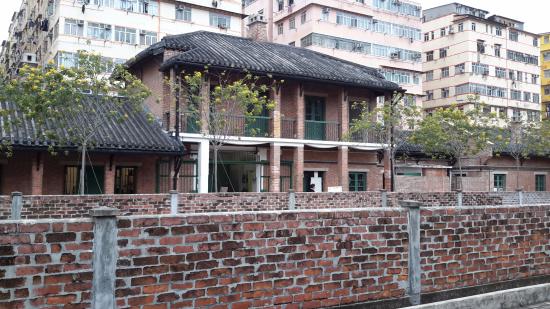
Thinking about the in-game recreation of the Ma Tau Kok Towngas Center as an architectural piece of defunct, publicly necessary, but privately-owned infrastructure made me consider the Cattle Depot Artist Village next door. The cattle depot is a pre-war slaughterhouse turned heritage site, turned art space – a strange series of designations that I imagine reflect the needs and desires of the inhabitants of the neighborhood as well as those managing it. Sometimes at Cattle Depot Artist Village it becomes apparent the softness of art spaces is their greatest asset. The art space wraps around and slips between the overtly functional slaughterhouse architecture of the heritage site (which they are not permitted to make alterations to), making the most of the situation. This then begs the question, can multiple designations of a heritage site provide a plethora of interactions, leading to a more robust case for its preservation? Does art’s concern with history mean art spaces are well-positioned to become protectors of heritage? In the case of Ma Tau Kok Towngas Center, there is precedence, a quick Google search reveals several other formerly defunct gasometers repurposed as art spaces: Gasworks in London, as well as Gasometer Peorzheim and Gasometer Oberhausen in Germany. Tank Shanghai also has a similar story.
The Leave Your Body Minecraft map already contains a recreation of the entire Cattle Depot Artist Village. Metaphysically interpreting an artifact into data allows it to transcend time and space; to be called upon a screen from anywhere at any time – as a ghost, it becomes fluid and flexible. In the last two decades, there has been a remarkable concerted effort towards creating digital preservation archives of the world’s most significant and at-risk cultural heritage. The impulse toward digital preservation includes a desire to record an artifact in its current state, implying doubt that the artifact will remain as it is. Digitization also suggests distrust in the very material from which it is constructed. Within the act of preservation there is a sense of precarity as if in the face of inevitable and irreversible change.